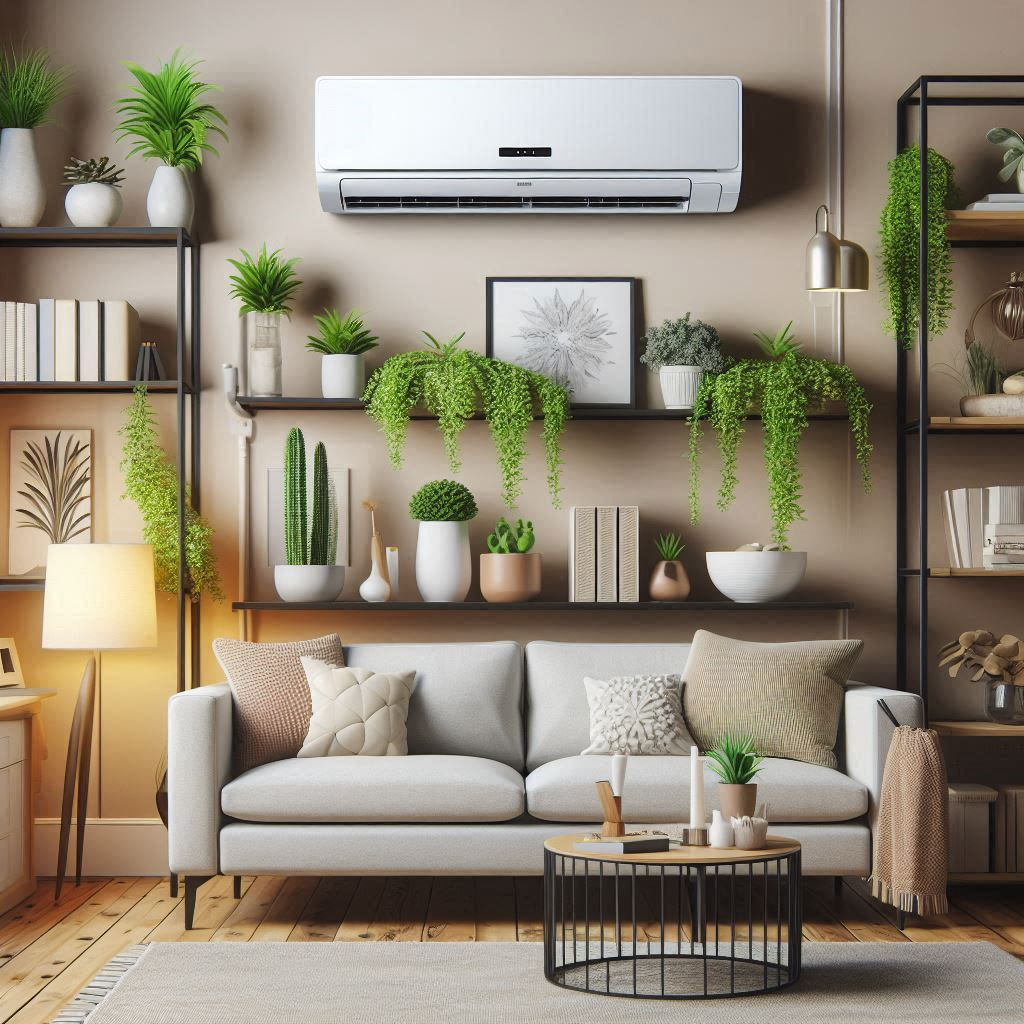Let me share my personal experience with both Midea and Senville mini split air conditioners to help you understand their differences clearly.
Midea Mini Split Air Conditioner
When I first installed the Midea mini split in my home office, I was immediately impressed by how quiet it was. The noise level was so low that I could barely hear it running, even during conference calls. This was a huge plus for me, as I needed a peaceful environment to focus on my work.
One winter, the temperature dropped to -10°F, and I was worried about how the Midea unit would perform. To my surprise, it continued to heat my office efficiently, keeping it warm and comfortable. The integration with Alexa was seamless, allowing me to adjust the temperature with simple voice commands. However, I did notice that my energy bills were slightly higher compared to my previous unit, which had a higher SEER rating.
Senville Mini Split Air Conditioner
A few months later, I decided to install a Senville mini split in my living room. The first thing I noticed was its higher energy efficiency. With a SEER rating of 28.1, my energy bills were noticeably lower, which was a significant advantage. The Senville unit also came with a 10-year warranty, giving me peace of mind for the long term.
During a particularly cold winter, the temperature dropped to 5°F. While the Senville unit managed to keep the room warm, it wasn’t as efficient as the Midea unit in extremely low temperatures. The noise level was slightly higher than the Midea, but it was still quiet enough not to be disruptive. The smart features, including the Aura Cloud app, made it easy to control the unit remotely, which was convenient when I was away from home.
Key Differences and Recommendations
- Heating Performance: If you live in an area with very cold winters, the Midea unit’s ability to operate efficiently at temperatures as low as -13°F makes it a better choice.
- Energy Efficiency: For those looking to save on energy bills, the Senville unit’s higher SEER rating of 28.1 offers better efficiency and cost savings in the long run.
- Noise Levels: If a quiet environment is crucial, the Midea unit’s lower noise levels might be more suitable for you.
- Warranty: The Senville unit’s 10-year warranty provides longer-term security compared to Midea’s 5-year warranty.
- Smart Features: Both units offer smart home integration, but Senville’s Aura Cloud app provides additional convenience for remote control.
In conclusion, both Midea and Senville mini split air conditioners have their strengths and weaknesses. Your choice will depend on your specific needs, such as heating performance, energy efficiency, noise levels, and warranty preferences. I hope my personal experience helps you make an informed decision! If you have any more questions, feel free to ask.

